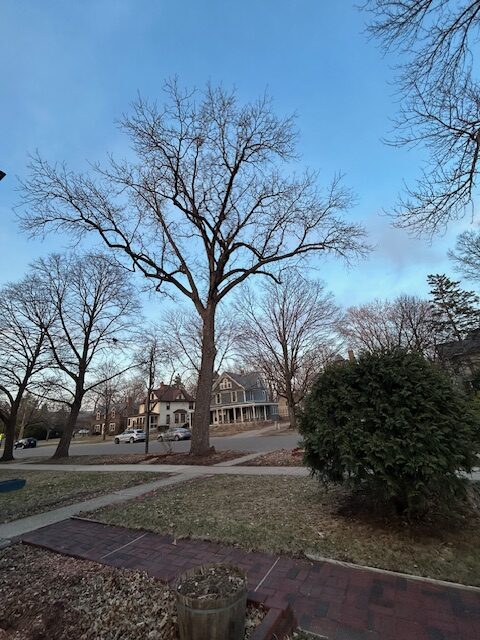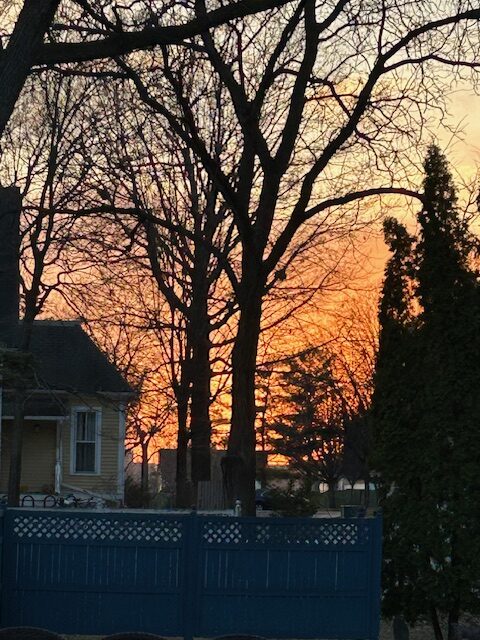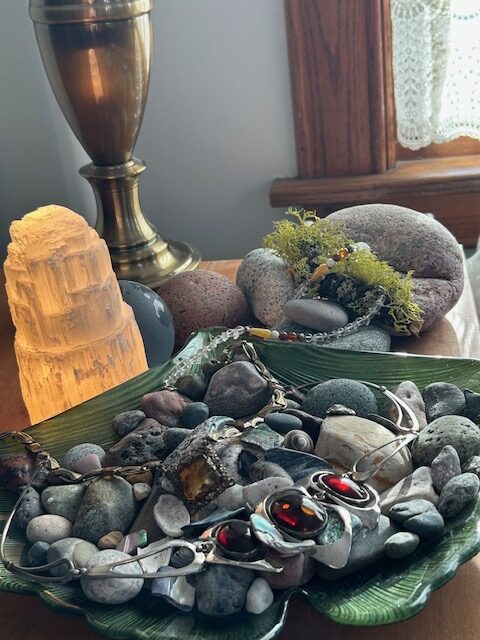
Today’s prompt word is “ovate” meaning egg-shaped. That made me think of spring and the various egg associations at this time of year. Might be time to munch some jelly beans.
LESLIE





Each year, I wait for the emergence of the delicately dazzling snake lilies. When I saw the term “nodding” today, in Rosendahl’s glossary, these early blooms are what I thought of. These images are from last May.
Last year, too, these special small flowers appeared in an April post, with a poem inspired by their humble strength, and the courage it takes sometimes simply to exist.
LESLIE




The word, “keel,” comes from the Old Norse word for “ship.” As it was Rosendahl’s only gloss on a term beginning with the letter K, it served as the inspiration for today’s poem.
In botany, a “keel” refers to the fused, boat-shaped structure formed by the two bottom petals in flowers, especially of the Papilionaceous branch of the Fabaceae family–legumes like peas and beans and lupines. One also sees this in some orchids including dendrobium and black orchids, plants which live in Minnesota houses but not in Minnesota gardens.
The descriptions in “Fairy Boats” and some of the images in this post come from photo safari visits to my friend, Judy. She lives outside of Northfield on many acres that manage to contain several habitats: lawns, hedgerows, gardens, prairie, ponds, and dense woodlands. The stand of lupine described in the poem was not planted by her but inadvertently by passing birds. (Visits to Judy’s land has sparked several other poems over the years and more than 1,000 photographs.)


Lupines also flourish along Minnesota’s North Shore, and thrive abundantly in the ditches near the rocky beaches of Lake Superior. The images below come from that region.
Wishing you an imaginative day, wherever you journey! LESLIE




Rosendahl’s glossary does not contain an entry for “J,” but last evening Tim suggested “Juglone.” If you have a black walnut tree, then you know about this chemical secreted by the trees. Gardening centers and extension services provide lists of plants which are most likely to tolerate this onslaught — though not sure that any plant actually enjoys ingesting juglone.

I think that these walnuts–bookending our property to the perennial delight of grey, red, and albino squirrels alike–are beautiful, but they offer us perennial challenges, too. And for humans without access to a hydralic press, it is almost impossible to crack the shells and harvest the nuts. (Hammers and the rear tires of vehicles are ineffective.) I often ponder the strength of squirrel jaws–and am powerfully glad that they are not any larger than they are!




(Photo: Andy Choinski/Pixabay)
Did you spot the botanical term in today’s poem? Good for you!
Rosendahl defines “exudation” as “sap, resin, or milk that has oozed out, usually dried.” I thought first of the milky substance that weeps from broken dandelion stems, then thought of Baltic amber and the shores of my distant ancestors–Jutland, Denmark, Sweden, Norway, Prussia, Britain.


It these frightening days, it helps me to think of geologic time, even as we strive to protect our own world.


